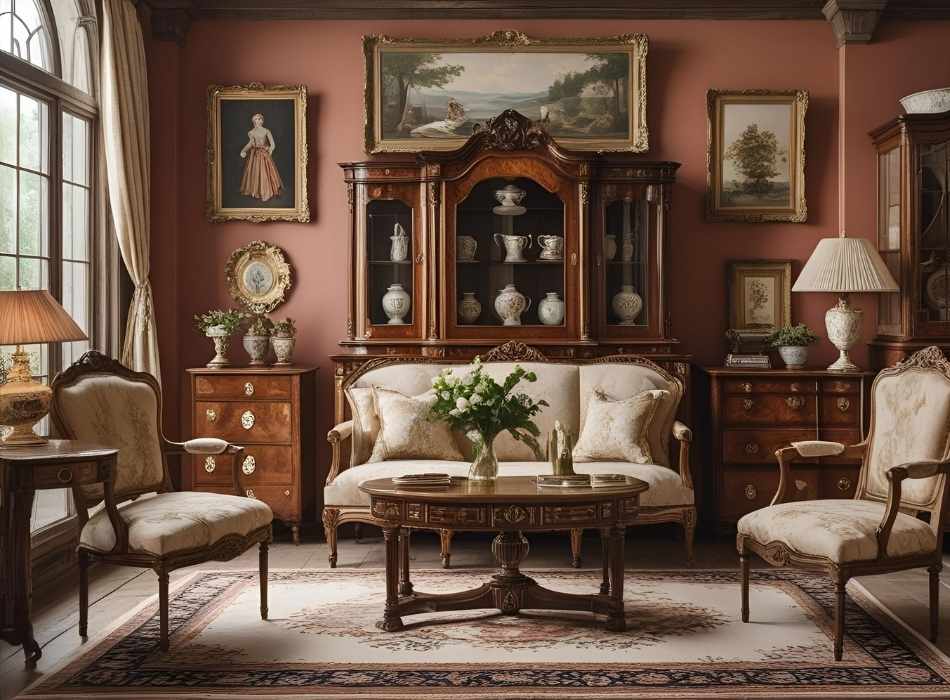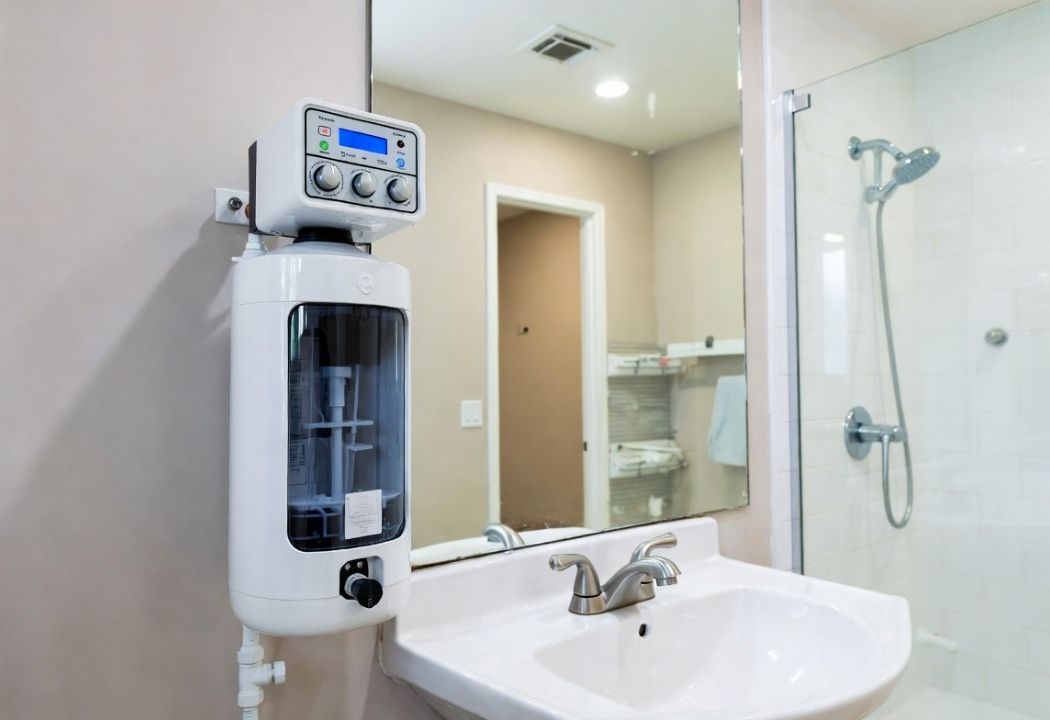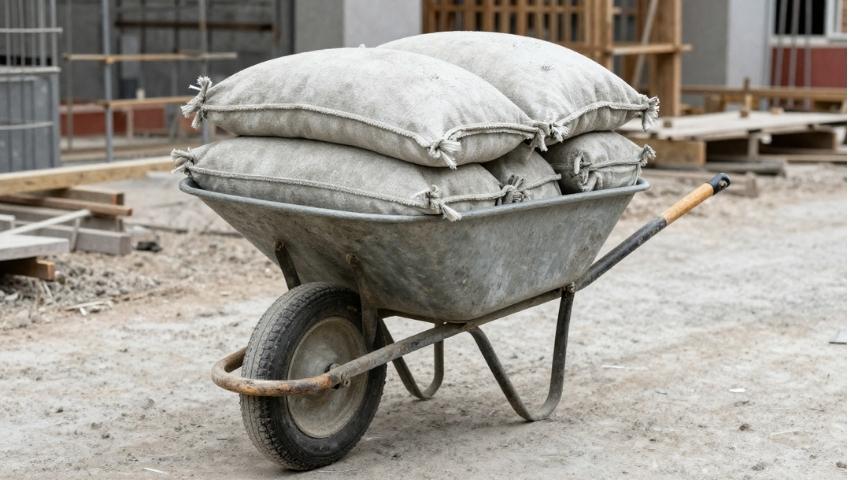If you’re looking to part ways with antique furniture, finding the right place to sell it can make all the difference. From exclusive auctions to online marketplaces, the right platform can determine how much you make, how quickly you sell, and even how seamless the process is. This guide will walk you through the best options for selling antique furniture, helping you maximize your profits and reach the right buyers with ease.
The Value of Antique Furniture
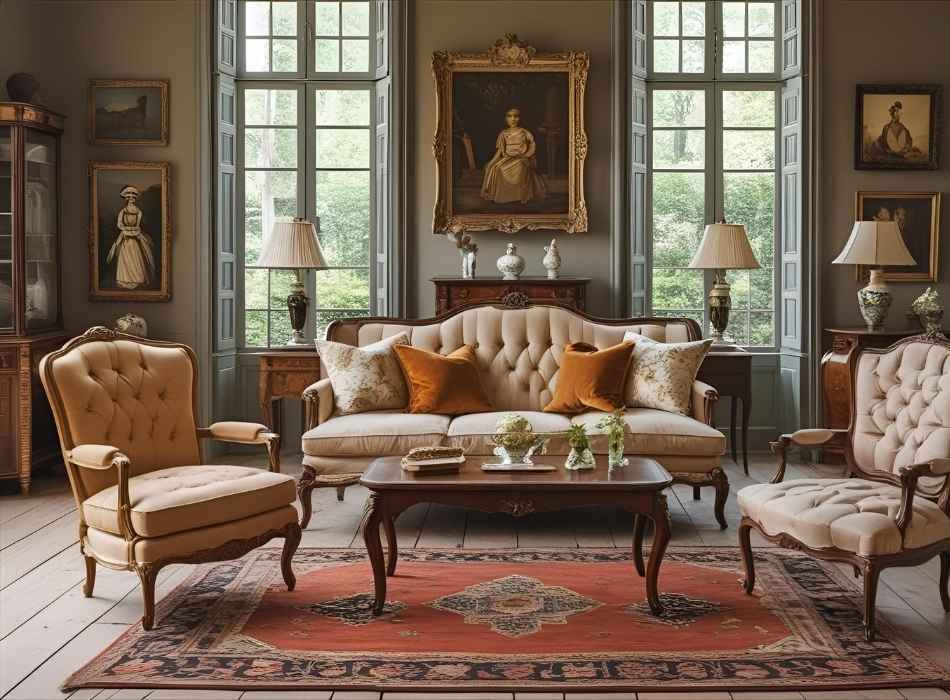
Before jumping into where to sell your antique furniture, it’s crucial to understand what makes these pieces so desirable. Antiques often carry historical significance, craftsmanship of an era gone by, and timeless aesthetic qualities that modern furniture may lack. Buyers are willing to pay a premium for rare pieces, intricate detailing, or provenance linked to a specific historical period.
However, not every older piece counts as a valuable antique, so it’s important to evaluate what you have and determine its worth first.
How to Determine the Value of Your Antique Furniture
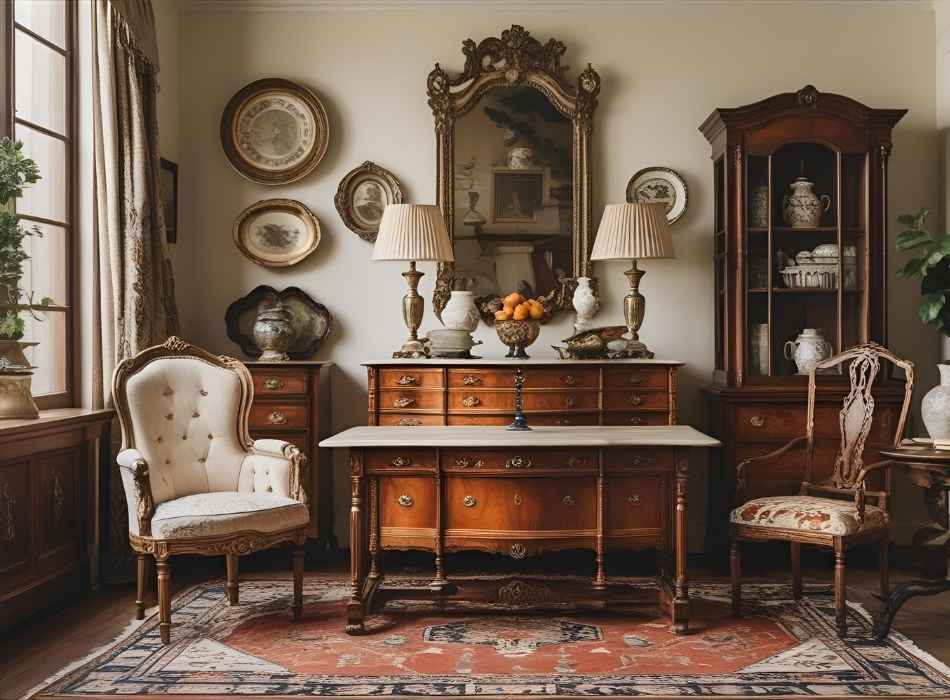
1. Assess Age and Authenticity
The age of the furniture plays a major role in determining its value. Generally, for a piece to be considered “antique,” it should be over 100 years old. Look for clues like the construction method, materials, and any manufacturer stamps or signatures.
Tip: Hand-cut dovetail joints, irregular wood patterns, and natural wear indicate older craftsmanship.
2. Research Market Trends
What’s trending in the antique furniture world? Pieces from the mid-century modern era, for example, are highly sought after right now, while Victorian styles might not fetch as much. A quick search online or a chat with an appraiser can help you get a pulse on demand.
3. Get an Appraisal
If you’re new to the antique market, investing in a professional appraisal can help you understand how much your furniture is worth. Certified appraisers provide detailed insights into the condition, rarity, and market value of your items.
Where to Sell Antique Furniture
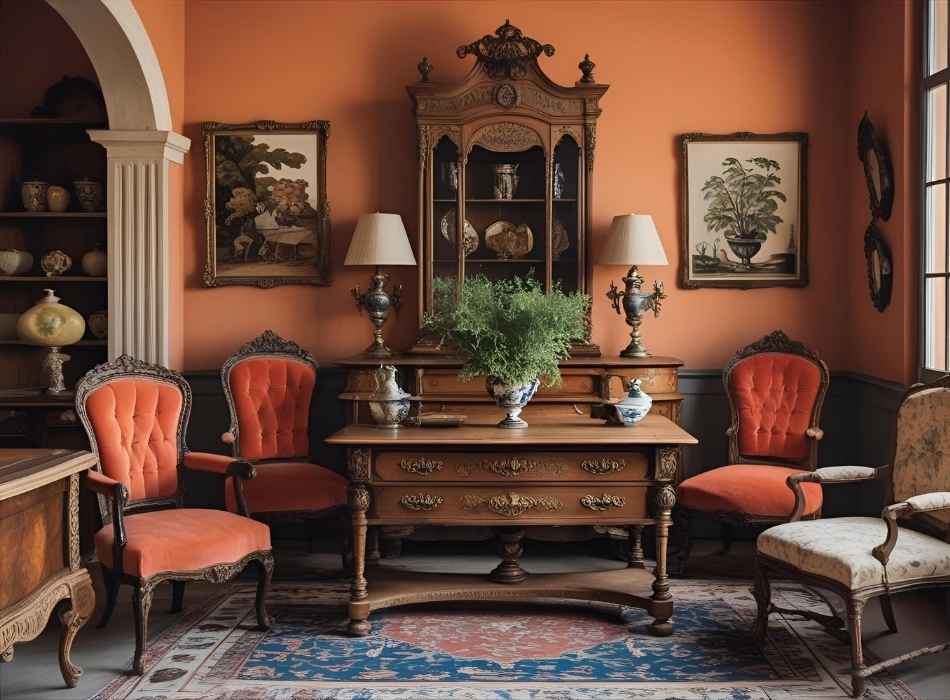
Once you know the value of your antique furniture, you’re ready to explore where to sell it. It’s essential to keep your target buyer in mind; some platforms work better for high-end, rare pieces, while others are ideal for moderately priced items.
1. Online Marketplaces
Selling online allows you to reach a global audience, making it ideal for unique, high-value pieces.
- eBay
eBay is excellent for antiques thanks to its vast user base and ability to set auctions for rare finds. To attract buyers, ensure you use high-quality photos and detailed descriptions.
- Etsy
While Etsy is typically known for handmade goods, it’s also a popular destination for vintage and antique furniture. It’s especially good for mid-century modern and shabby chic styles.
- Facebook Marketplace
Facebook Marketplace offers a local selling option with zero listing fees. If you’re looking for convenience, this is a great tool to sell larger furniture pieces that require in-person pickup.
2. Antique Dealers and Consignment Stores
Antique dealers and consignment stores are great for sellers who prefer a hassle-free, in-person transaction.
- Antique Shops
These shops buy furniture outright or offer consignment arrangements where you split the final sale price. They typically cater to collectors and are knowledgeable about high-value pieces.
- Consignment Stores
These stores can display your furniture and promote it to local buyers. While they take a commission (usually around 30-50%), they handle the selling process for you.
3. Auction Houses
Auction houses are ideal for rare or luxury antique furniture.
- High-End Auctions
If you have a particularly valuable piece, well-known auction houses like Sotheby’s or Christie’s attract collectors willing to pay top dollar.
- Local Auctions
Smaller auction houses are great for regional sales and can help you sell mid-tier antique pieces quickly.
Pro Tip: Auctions charge a seller’s fee, which can range from 10-30%, so factor that into your pricing strategy.
4. Niche Online Platforms & Communities
For highly specific or rare items, niche platforms cater to collectors and enthusiasts.
- 1stDibs
This upscale online marketplace specializes in luxury antiques and vintage furniture. It’s perfect for high-end pieces, but selling requires approval.
- Chairish
With its focus on furniture and home decor, Chairish makes buying and selling easy. Their detailed listings and targeted audience ensure the right buyers see your items.
- Ruby Lane
Ruby Lane is a curated platform for antiques and collectibles. It’s ideal for smaller furniture pieces or those that are part of a larger collection.
5. Local Options
Sometimes local avenues offer the fastest way to sell.
- Estate Sales
If you’re selling multiple pieces, hosting an estate sale can attract buyers in your area. Estate sale companies often help organize, promote, and run the event for a percentage of the sales.
- Flea Markets
A flea market may give you an opportunity to connect with antique enthusiasts in your community. Be ready to negotiate pricing!
Bonus Tip: Utilize Social Media

Social media platforms are becoming powerful tools for selling antiques. Post detailed photos and descriptions on Instagram, TikTok, or Pinterest. Hashtags such as #antiquevintage or #midcenturyfurniture can help attract buyers organically.
How to Present Your Antique Furniture for Sale

First impressions matter, especially when selling antique furniture. Here are some tips to help your pieces stand out:
- Clean and Restore
Clean your furniture carefully, but avoid excessive restoration as it can diminish value. Use polish to highlight wood grains and make the piece look its best.
- Take Quality Photographs
Use natural lighting and multiple angles to show off the furniture’s details, including any stamps, carvings, or unique features.
- Provide Detailed Descriptions
Include information about the furniture’s age, style, condition, and any provenance you can provide.
- Set a Competitive Price
Price your piece based on market research and appraisal value. Be open to negotiation, but know your bottom line.
Make Selling Antique Furniture a Seamless Experience
Selling antique furniture doesn’t have to be an overwhelming process. By understanding your piece’s value and choosing the right venue, you can connect with the perfect buyer and achieve the best possible return. Whether you opt for an online marketplace, auction house, or consignment store, the key lies in research, presentation, and tapping into the right market.
Are you not sure where to start? Begin your selling journey today with one of our recommended platforms and turn your antique treasure into profit.







